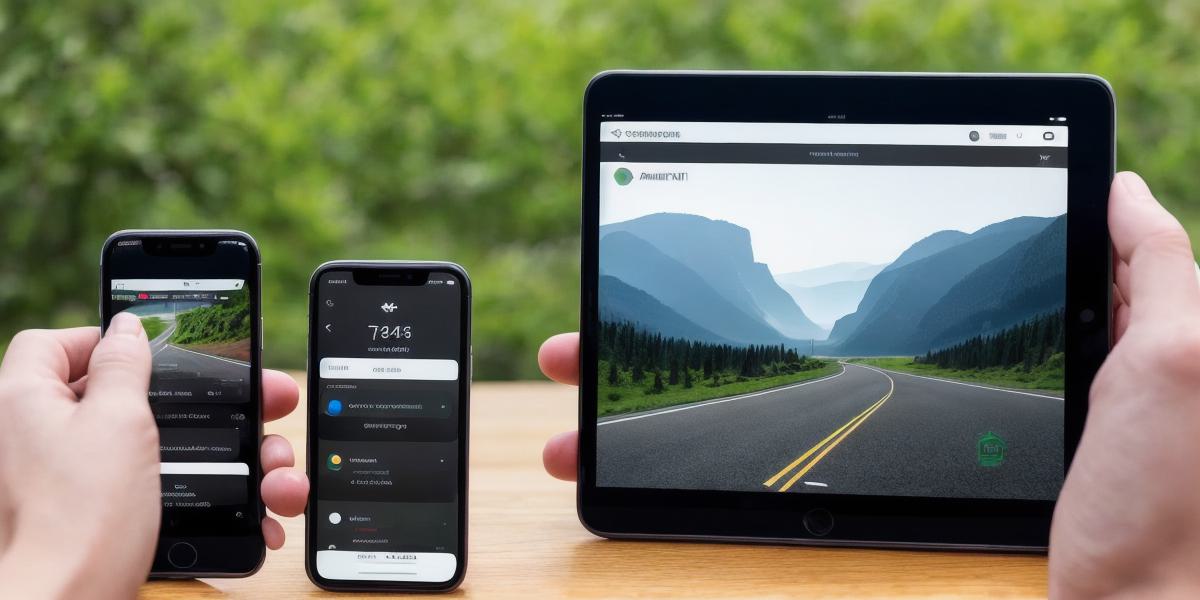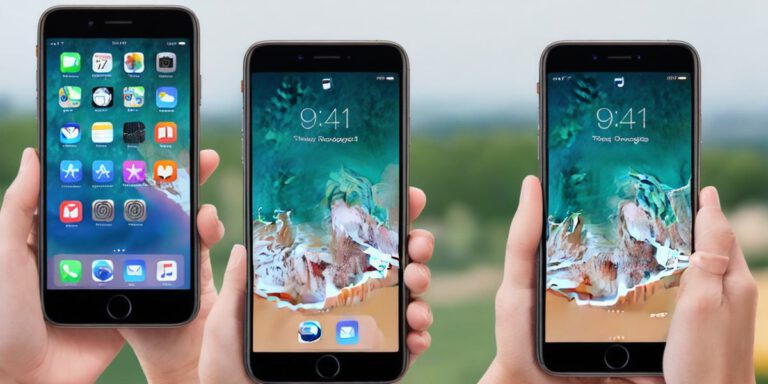The Ultimate Guide to ARKit Sensors: Understanding What They Are and How They Work

Augmented Reality (AR) has been gaining popularity in recent years, especially with the release of Apple’s ARKit framework. ARKit allows developers to create immersive experiences that blend virtual objects with the real world. However, one of the main challenges when creating an AR app is selecting the right sensors. In this article, we will explore the different types of sensors that ARKit uses and how they work together to create a seamless AR experience.
1. Accelerometer
The accelerometer is a sensor that measures the acceleration of the device it’s attached to. It detects changes in acceleration caused by movement, tilt, and vibration. In ARKit, the accelerometer is used to track the orientation of the device and determine its position relative to the ground. This information is then used to calculate the position of virtual objects in the real world.
2. Gyroscope
The gyroscope is another sensor that measures the orientation of the device it’s attached to. It detects changes in rotation caused by movement, tilt, and vibration. In ARKit, the gyroscope is used in combination with the accelerometer to provide more accurate tracking of the device’s orientation. This information is then used to create a more stable and immersive AR experience.

3. Magnetometer
The magnetometer is a sensor that measures the strength and direction of magnetic fields. It’s typically used to determine the device’s position relative to the Earth’s magnetic field. In ARKit, the magnetometer is used in combination with the accelerometer and gyroscope to provide even more accurate tracking of the device’s orientation. This information is then used to create a more stable and immersive AR experience.
4. Depth Sensor
The depth sensor is a camera that measures the distance between the device and objects in the real world. In ARKit, the depth sensor is used to determine the position of virtual objects relative to the real world. This information is then used to create an immersive AR experience by allowing virtual objects to appear at the correct depth and size.
5. Motion Capture
Motion capture is a technology that tracks the movement of objects in real time using sensors. In ARKit, motion capture can be used to track the movement of virtual objects in real time. This allows for more realistic and immersive AR experiences.
Case Study: Creating an Immersive AR Experience with ARKit
Let’s take a look at how these sensors work together in practice. Suppose you’re developing an AR app that allows users to try on clothes virtually. You would use the accelerometer, gyroscope, and magnetometer to track the orientation of the device and determine its position relative to the ground. This information is then used to calculate the position of virtual objects in the real world.
Next, you would use the depth sensor to determine the position of virtual objects relative to the real world. This allows virtual objects to appear at the correct depth and size. Finally, you could use motion capture to track the movement of virtual objects in real time, allowing for a more immersive and realistic experience.
FAQs
Q: What sensors does ARKit use?
A: ARKit uses accelerometers, gyroscopes, magnetometers, depth sensors, and motion capture sensors.
Q: How do these sensors work together to create an AR experience?
A: These sensors provide information about the device’s orientation, position, and movement, which is used to track virtual objects in the real world.
Q: What is motion capture used for in ARKit?
A: Motion capture is used to track the movement of virtual objects in real time, allowing for more immersive and realistic AR experiences.
Conclusion
ARKit uses a combination of sensors to create immersive and interactive experiences. By understanding how these sensors work together, you can create more engaging and realistic AR apps. With the right combination of sensors and careful development, you can create experiences that allow users to interact with virtual objects in ways never before possible.








